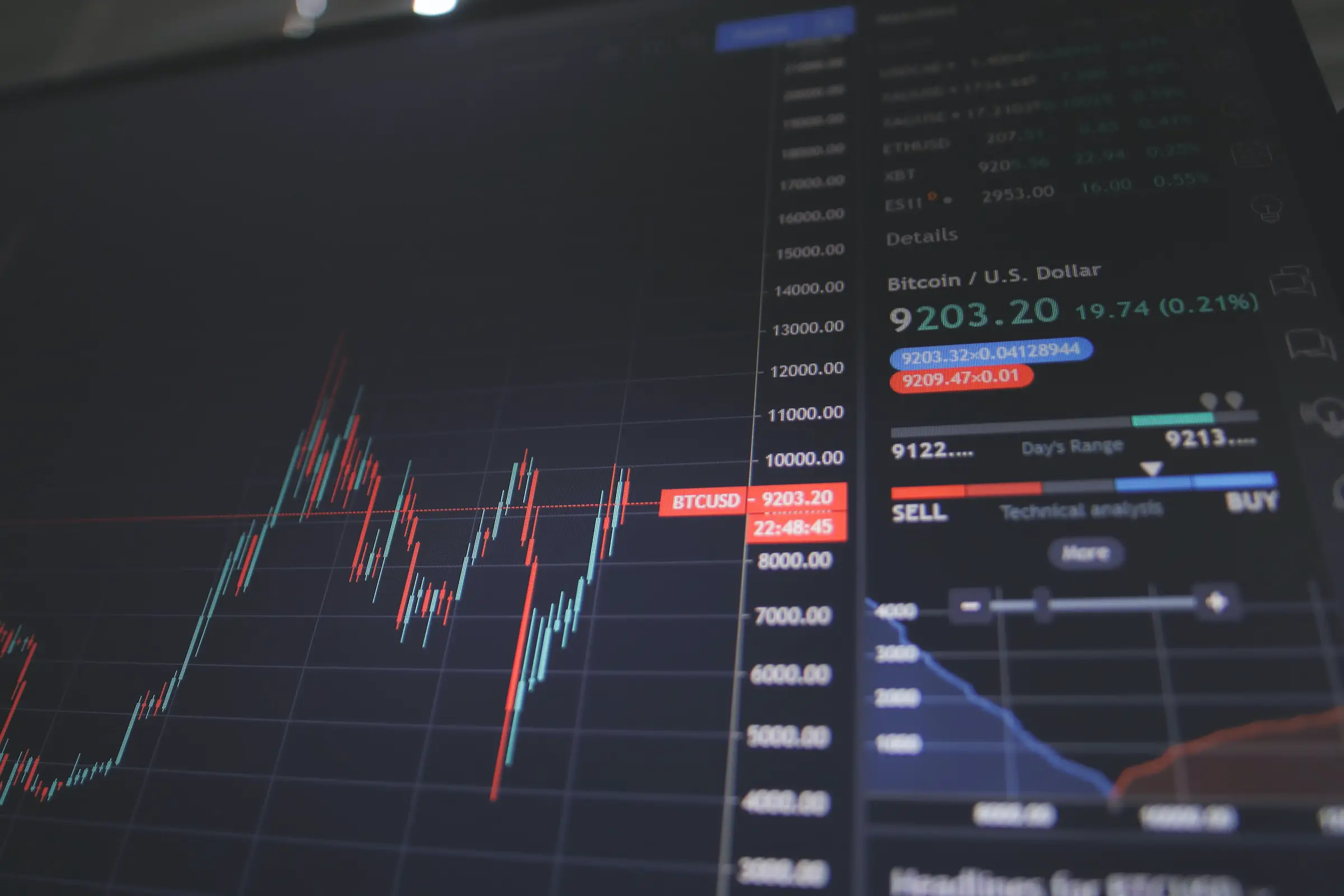Tokenomics refers to the study of token economies, which involves designing and evaluating the economic systems surrounding cryptocurrencies and digital tokens. Tokenomics is crucial in determining the success and sustainability of blockchain projects and decentralized applications (DApps). By understanding and implementing effective tokenomics, projects can incentivize user participation, drive adoption, and create value within their ecosystems.
This article explores everything involved in designing and evaluating token economies. Together, we’ll navigate the intricate web of incentives and rewards, gaining a deeper understanding of how token economies are poised to reshape the world as we know it.

Tokenomics: Token Utility and Functionality
Tokens within blockchain ecosystems serve as the lifeblood that fuels innovation, collaboration, and economic activity. Understanding the utility and functionality of tokens is essential when designing and evaluating token economies. In this section, we delve into the diverse purposes tokens can serve and explore how they incentivize user behavior and drive value creation within decentralized projects.
Access Tokens
Access tokens grant users the right to access specific services, platforms such as Immediate Connect, or features within a blockchain ecosystem. They act as digital keys that unlock various functionalities and resources. Access tokens are particularly prevalent in decentralized applications (DApps), where users require specific permissions to interact with particular features. Using access tokens allows developers to control and monetize platform access while ensuring a seamless user experience.
Ownership Tokens
Ownership tokens are digital or physical representations of the rights associated with owning a certain object. They enable fractional ownership, allowing individuals to own a portion of an asset without intermediaries. Ownership tokens provide transparency, security, and transferability of ownership, revolutionizing traditional industries such as real estate, art, and intellectual property. Tokenizing assets through ownership tokens enables greater liquidity, accessibility, and democratization of traditionally illiquid or exclusive markets.
Transactional Tokens
Transactional tokens function as a medium of exchange within a blockchain ecosystem. They make it possible for people to conduct transactions with one another without the need for a third party, like a bank or a payment processor, therefore reducing transaction costs and increasing security. These tokens allow for the transfer of wealth between individuals independently of banks or other centralized institutions. Transactional tokens often have low transaction costs and fast settlement times, making them ideal for microtransactions, remittances, and cross-border transfers.
Governance Tokens
Governance tokens allow holders to have a say in the running of a decentralized project or organization. Token holders can vote on proposals, protocol upgrades, or changes to the ecosystem’s rules and parameters. Governance tokens enable stakeholders to shape the direction and evolution of the project, fostering decentralized governance and community-driven decision-making. This empowers token holders and promotes transparency, inclusivity, and alignment of incentives.
Utility Tokens
Utility tokens have broader functionalities within a blockchain ecosystem. They can combine aspects of access, ownership, transactional, and governance tokens, offering versatility and value across multiple use cases. Utility tokens are often designed to incentivize desired user behaviors, such as staking, providing liquidity, or contributing to the network’s security. Projects can foster engagement, loyalty, and ecosystem growth by aligning incentives through utility tokens.
The Idea Behind Designing Tokenomics
Designing tokenomics involves crafting a well-thought-out economic system that underpins a blockchain project or decentralized ecosystem. Tokenomics encompasses various elements, including token distribution, supply dynamics, governance mechanisms, and economic incentives. Projects may develop an environment that matches participant interests, encourages acceptance, and supports long-term growth by intentionally creating these components. In this article, we’ll review some of the most vital considerations you should make when designing your token economy.
Clear Objectives
Creating effective project goals is the first step in creating tokenomics. To what issue does this initiative provide a solution? What value does it bring to users and stakeholders? Understanding the project’s purpose and goals helps shape the token economy to effectively support and incentivize the desired behaviors and outcomes.
Token Utility and Scarcity
Determining the token’s utility is crucial in driving its demand and value within the ecosystem. Tokens should have meaningful use cases that provide tangible benefits to users. Additionally, creating scarcity through limited token supply or deflationary mechanisms can increase the perceived value of the token and incentivize holding and participation.
Token Distribution
Deciding on a fair and inclusive token distribution model is essential for creating a broad and engaged community. Considerations include conducting initial coin offerings (ICOs), airdrops, or token sales. Tokens may become concentrated in the hands of a few without proper distribution strategy, compromising decentralization and spreading ownership thin.
Governance and Decision-Making
Designing effective governance mechanisms is vital for decentralized projects. Token holders may have a say in the direction the network takes by including voting systems, consensus procedures, or DAOs. This fosters transparency, community engagement, and alignment of interests among stakeholders.
Economic Incentives
Incentivizing desired behaviors is crucial for ecosystem growth. Designing economic incentives that reward users for contributing value, such as staking, providing liquidity, or participating in network security, can drive engagement and network effects. Balancing these incentives with the long-term sustainability of the ecosystem is essential.
Tokenomics Evaluation
To guarantee efficiency and adjust to changing market circumstances, tokenomics must be regularly assessed. Monitoring key metrics like token velocity, user adoption, network activity, and economic indicators allows for data-driven decision-making and adjustments to the token economy if needed.
Community Engagement
It is essential to include the public and solicit their input throughout the design process. Involving the community in discussions, soliciting input, and implementing mechanisms for open dialogue can create a sense of ownership and foster a vibrant and loyal user base.
Iterative Design and Flexibility
Designing a token economy is not a one-and-done task, but rather an iterative one. Projects should be open to adjusting and improving based on feedback, market dynamics, and evolving needs. Flexibility in adapting the token economy to changing circumstances ensures its resilience and continued success.

Evaluating Token Economies
Evaluating the effectiveness of token economies is crucial to understand their impact, measuring their success, and making informed decisions for ongoing development and improvement. By employing various metrics and methodologies, projects can assess the health, sustainability, and alignment of their tokenomics with the desired outcomes. This section explores the key approaches to evaluating token economies.
Token Velocity
Token velocity measures the rate at which tokens circulate within the ecosystem. High token velocity can indicate a high volume of transactions but may also lead to reduced scarcity and long-term value. Conversely, low token velocity may imply hoarding or limited usage. Evaluating token velocity helps understand the level of economic activity and the token’s role as a medium of exchange.
Network Activity
Analyzing network activity provides insights into user engagement and adoption. Metrics such as active addresses, transaction volume, or daily active users (DAUs) highlight the level of activity within the ecosystem. Increasing network activity suggests growing interest and utilization of the token, indicating a healthy and thriving ecosystem.
Economic Incentives
Assessing the effectiveness of economic incentives is vital. Monitoring the participation in incentivized activities, such as staking or providing liquidity, helps gauge whether the incentives align with the desired behaviors. Evaluating the overall economic incentives structure enables projects to adjust rewards, optimize distribution, and fine-tune the tokenomics to drive the desired outcomes.
User Adoption and Retention
Measuring user adoption and retention rates provides insights into the project’s ability to attract and retain users. Evaluating user growth, user activity levels, and user churn rates helps gauge the project’s appeal, user experience, and the value proposition of the token. Higher adoption and retention rates indicate successful tokenomics that resonate with users.
Market Capitalization and Price Stability
Monitoring Market capitalization and price stability offer a broader perspective on the token’s performance. Tracking the token’s market value and its stability over time provides an indication of market sentiment, investor confidence, and the token’s perceived value. Price stability is particularly important for utility tokens aiming to establish a reliable means of exchange.
Community Engagement and Governance
Assessing community engagement and governance participation helps measure the effectiveness of decentralized decision-making processes. Monitoring the level of community involvement in voting, proposing changes, or providing feedback showcases the project’s ability to foster a participatory environment and maintain a decentralized ecosystem.
Feedback and User Survey
Collecting user feedback through surveys or qualitative research offer valuable insights into their experiences, needs, and perceptions of the token economy. Feedback can uncover areas for improvement, identify pain points, and inform decision-making regarding adjustments to the tokenomics design.
Comparative Analysis and Case Studies
Analyzing similar projects or conducting case studies of successful token economies provide valuable benchmarks for evaluation. Comparative analysis helps identify best practices, innovative approaches, and potential areas of improvement based on the experiences of other projects.
Conclusion
Tokenomics, the art and science of designing and evaluating token economies, holds immense transformative potential in blockchain and decentralized ecosystems. Through careful consideration of token utility, distribution models, governance mechanisms, and economic incentives, projects can create thriving and sustainable ecosystems that align the interests of participants and drive innovation.
The future of tokenomics is promising. As blockchain technology evolves and matures, token economies will play a pivotal role in reshaping industries and unlocking new possibilities. By harnessing the power of tokenomics, we can create decentralized financial systems, digital ownership platforms, and collaborative ecosystems that empower individuals and drive global innovation.

